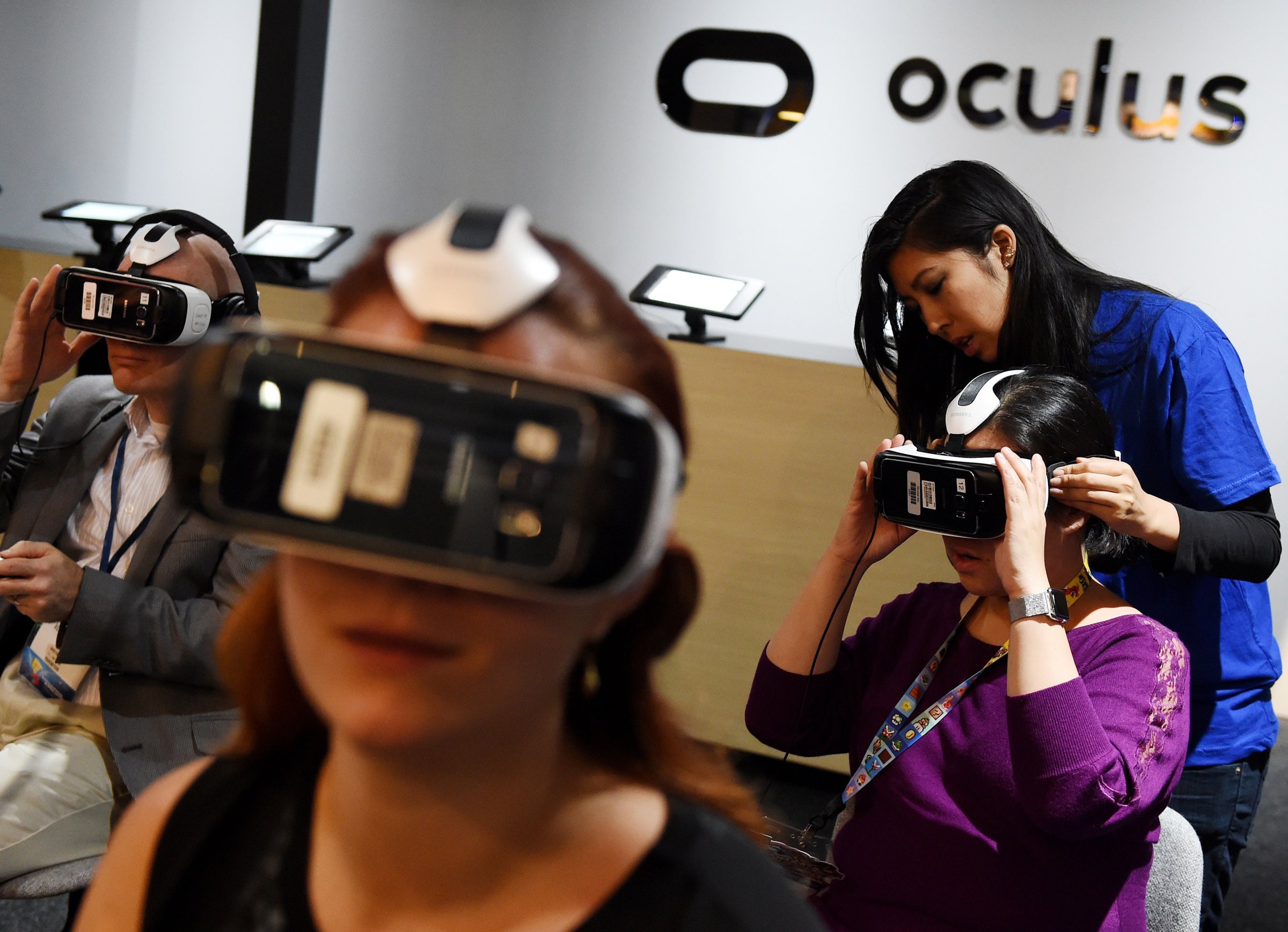
Unless you’ve had your head stuck in the sand, you’ve likely heard that virtual reality technology is heading towards mainstream adoption. The newest wave in computer technology, consumer virtual reality devices are expected to wash ashore in 2016. So now is a great time to get familiar with the lay of the impending virtual land.
In wrapping your brain around virtual reality, it’s important to understand that not all wearable screen technologies are created equally — nor are they all designed to do the same thing. As a result, the wearable screen landscape is evolving into three distinct domains: augmented reality (AR), mixed reality (MR), and virtual reality (VR). Virtual reality serves as a sort of umbrella term for the space, simply because it was coined first (in 1987, by computer scientist Jaron Lanier).
But once all the impending products start rolling out, VR may prove to be the least popular of the three distinct technologies. Here’s why.
Augmented Reality Is Already Here
“[Augmented Reality] is a digital overlay on top of your real environment,” says Andy Fouché, the head of public relations and government affairs for Magic Leap, one of many wearable display companies set to make a big splash. Essentially, AR inserts a digital element into the users’ worlds, but only blocks off part of that world.
For many people, that description of AR brings Google Glass to mind. A pair of experimental glasses with a tiny, embedded display, Google Glass augmented reality by displaying everything from calendar and email notifications to turn-by-turn directions and travel alerts, right over the wearer’s field of vision.
But even if you weren’t among the few who got a Google Glass headset, you’ve still likely been walking around with AR technology in your pocket for the past eight years. Apps with overlay information like Star Walk, an iOS app that can identify constellations by pointing the iPhone’s camera toward the stars, and iOnRoad, a heads-up-display driving app, have turned smartphones into augmented reality devices, simply by using the handhelds’ sensors.
These added layers of helpful information is what AR is really all about. Experts believe that AR will emerge to be a great tool in the workplace. Run by lightweight applications, AR could help guide factory workers in manufacturing products, present scenarios for people undergoing training, or serve as GPS-enabled displays for delivery drivers and other workers.
See The Incredibly Goofy Evolution of Virtual Reality Headsets
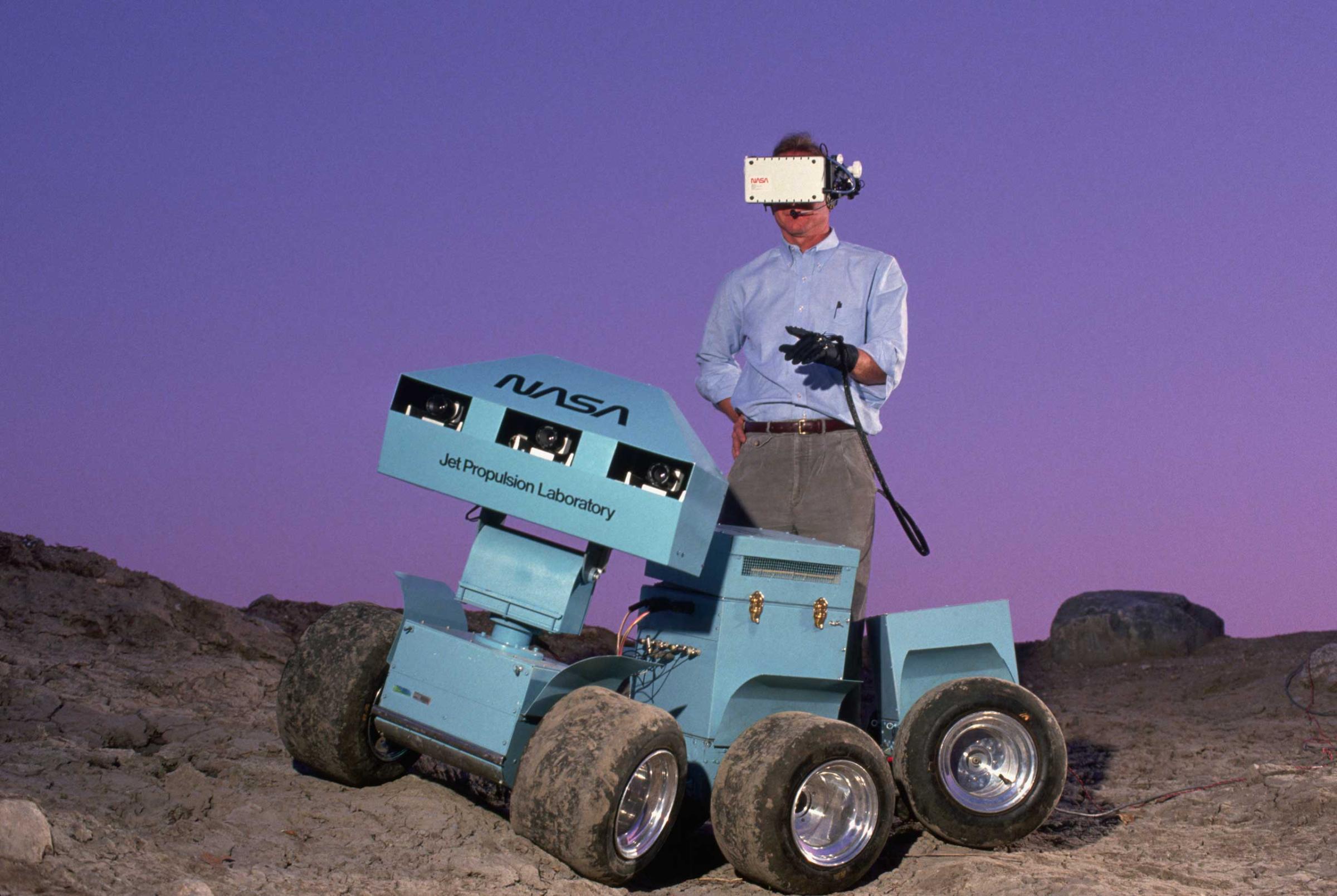
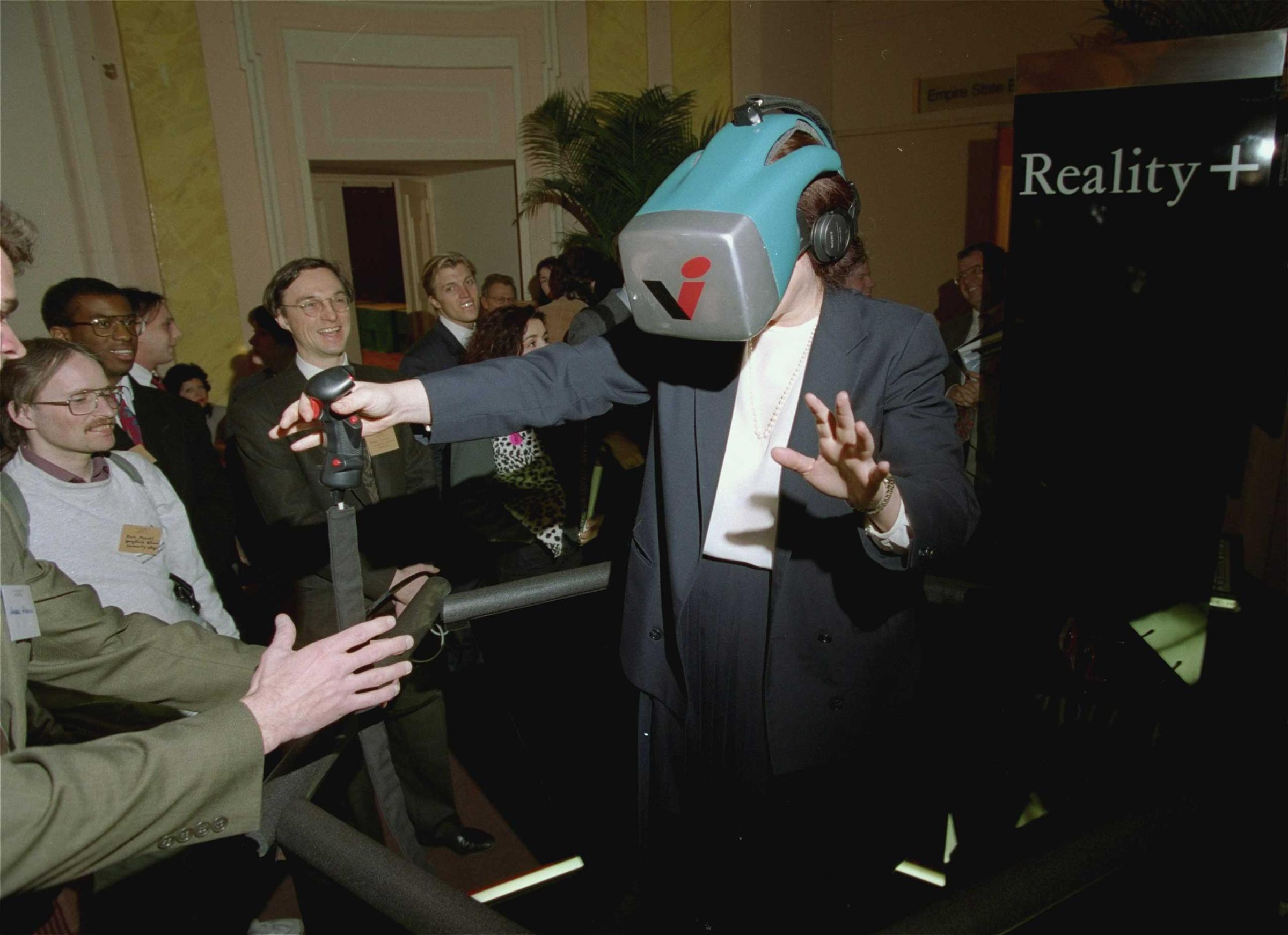
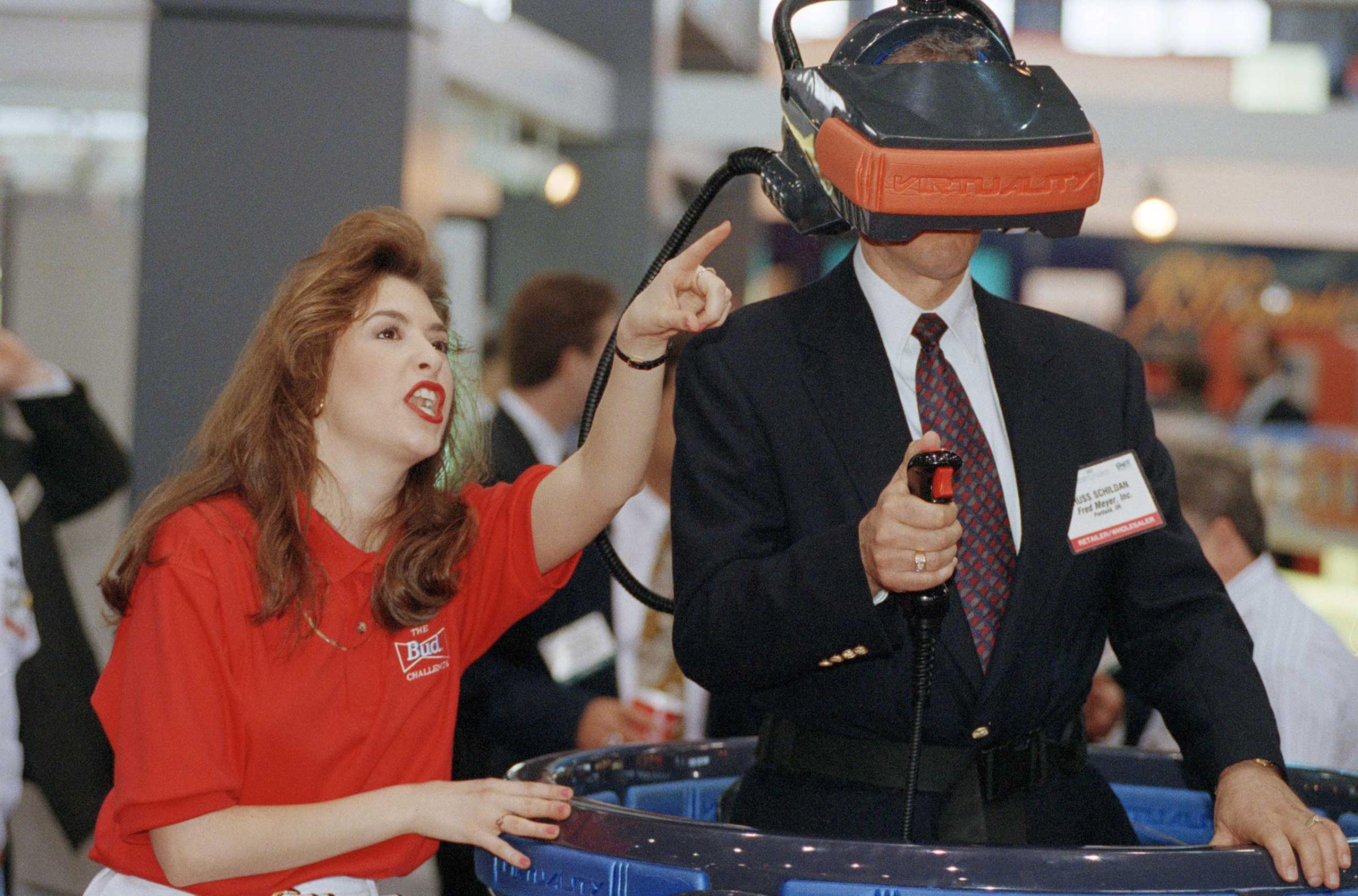
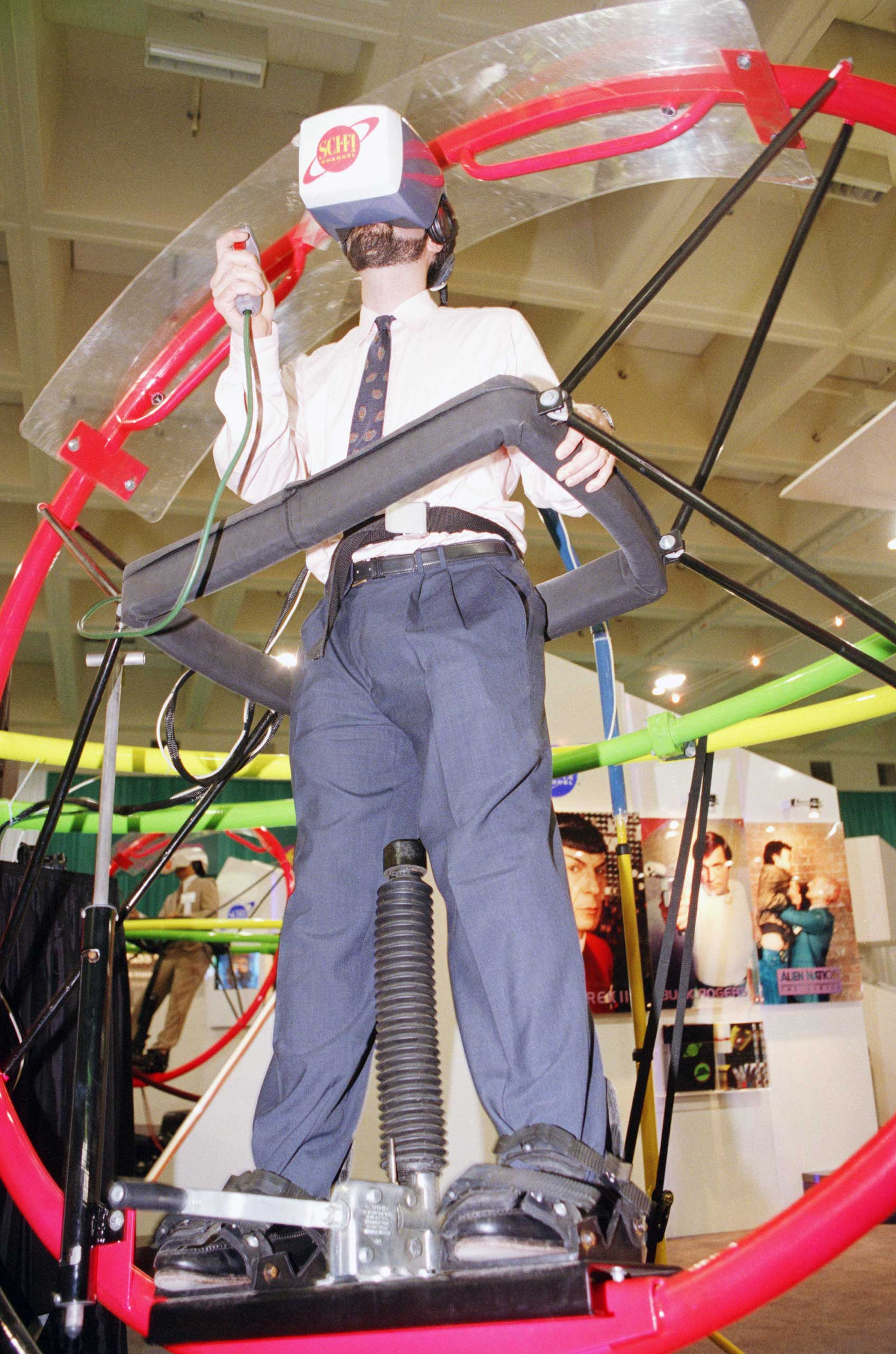
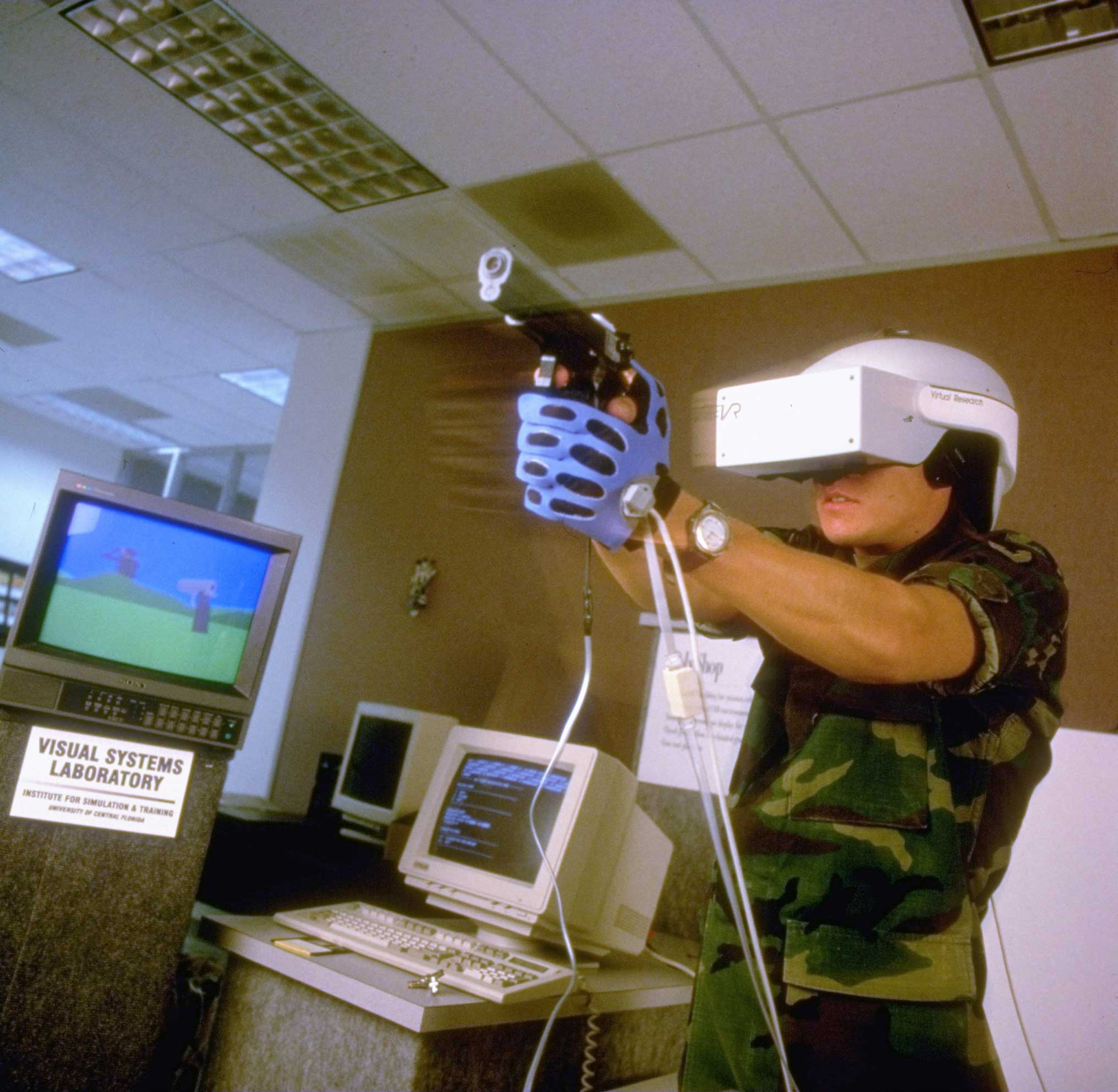
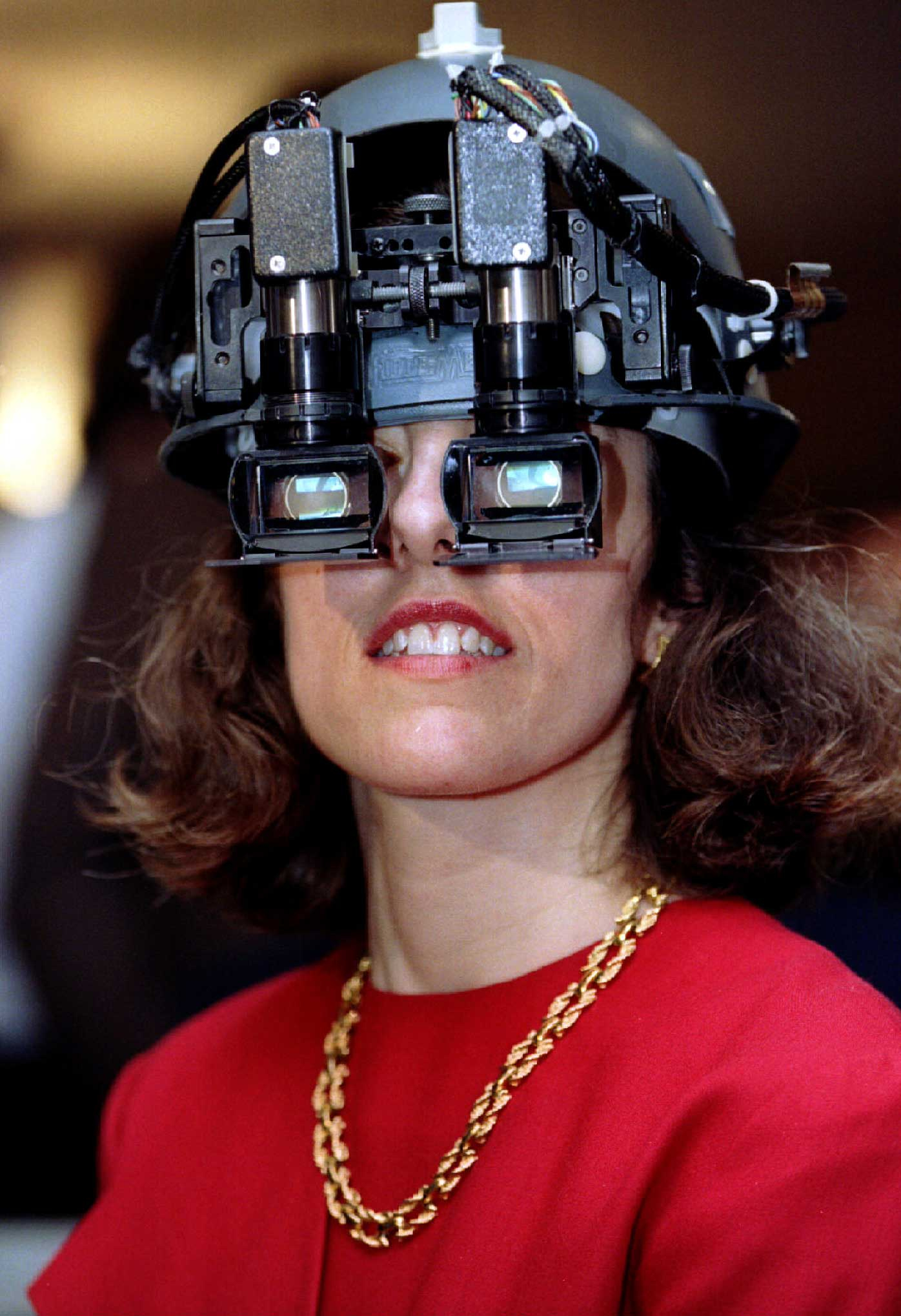
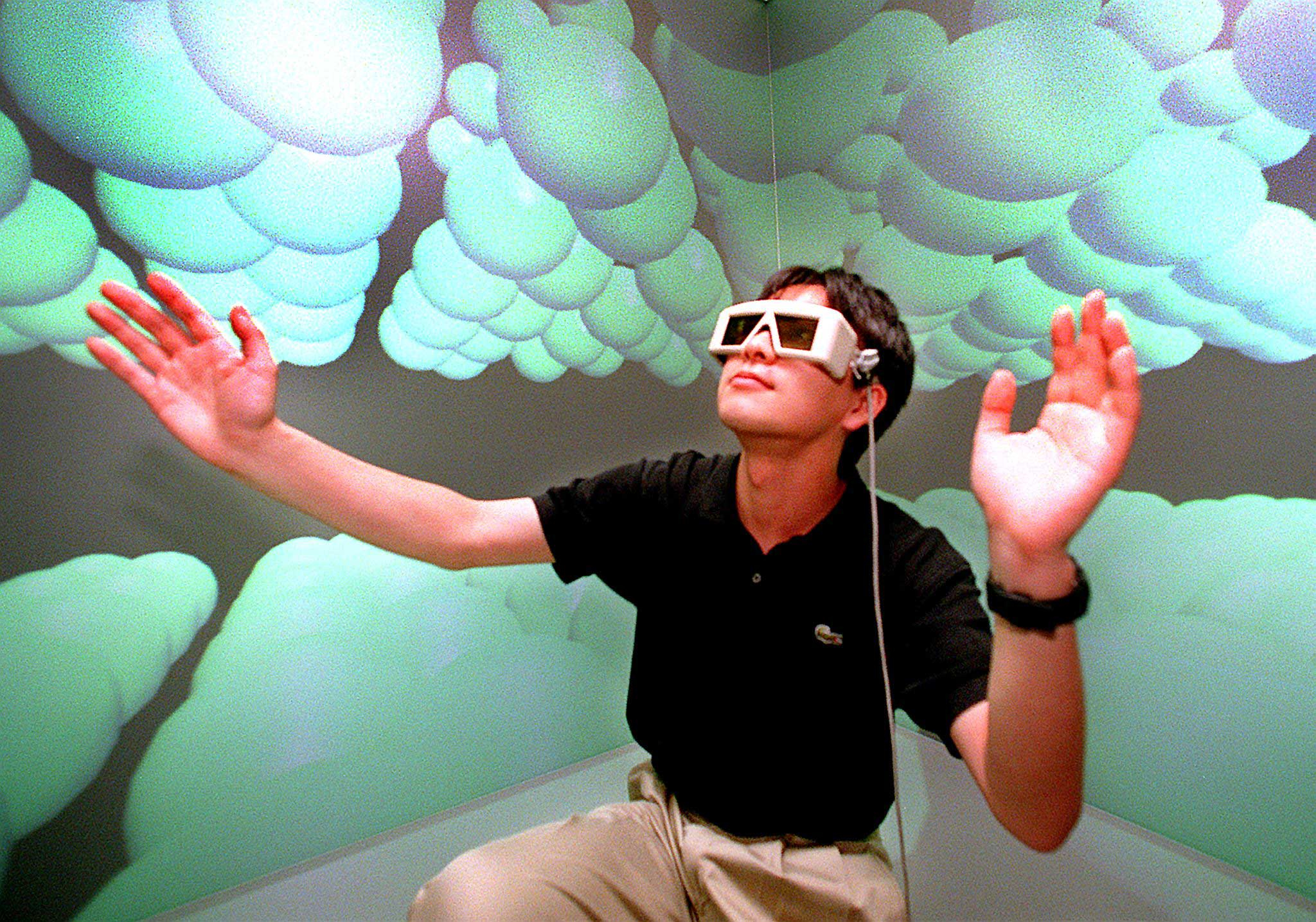
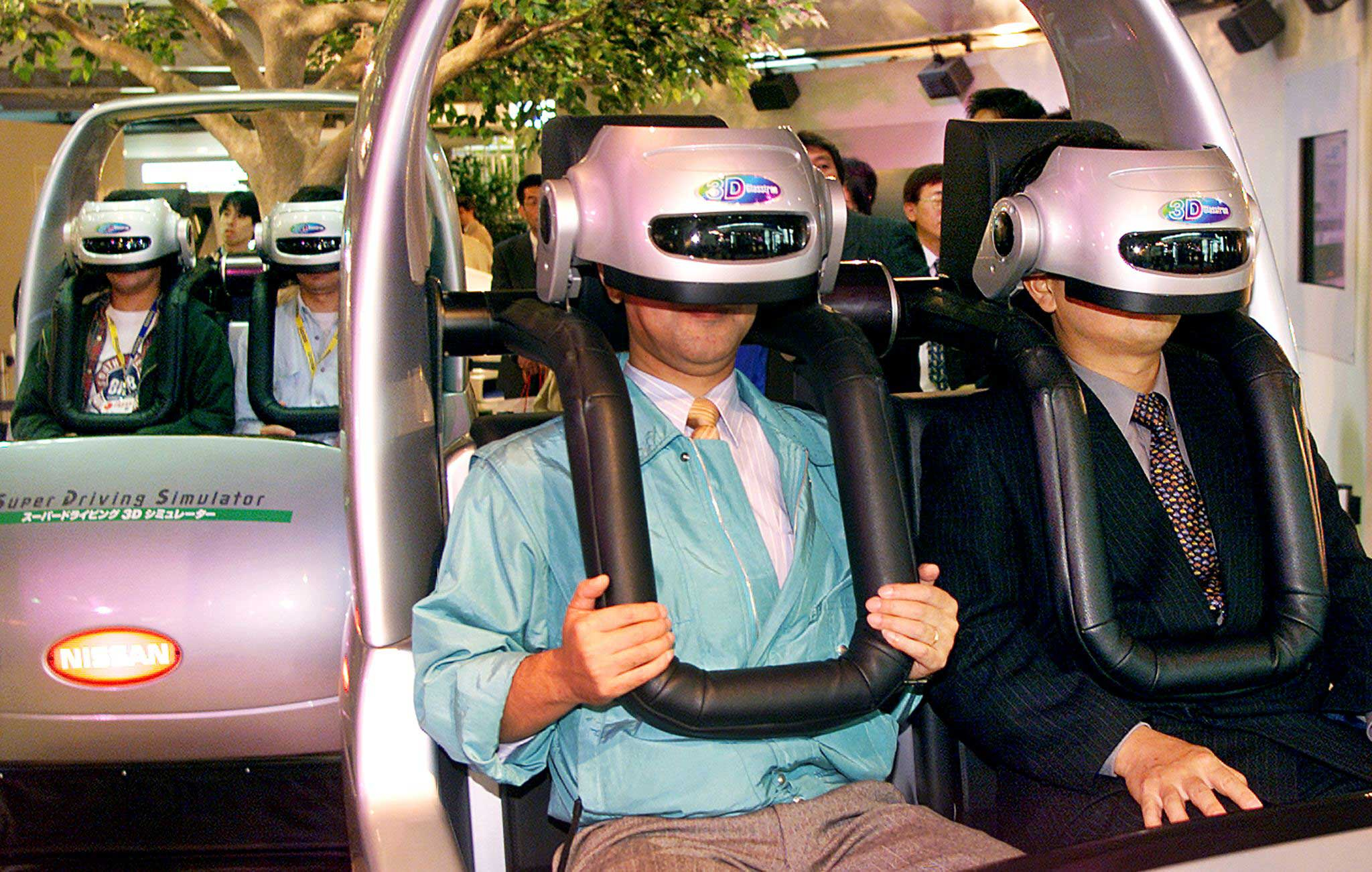
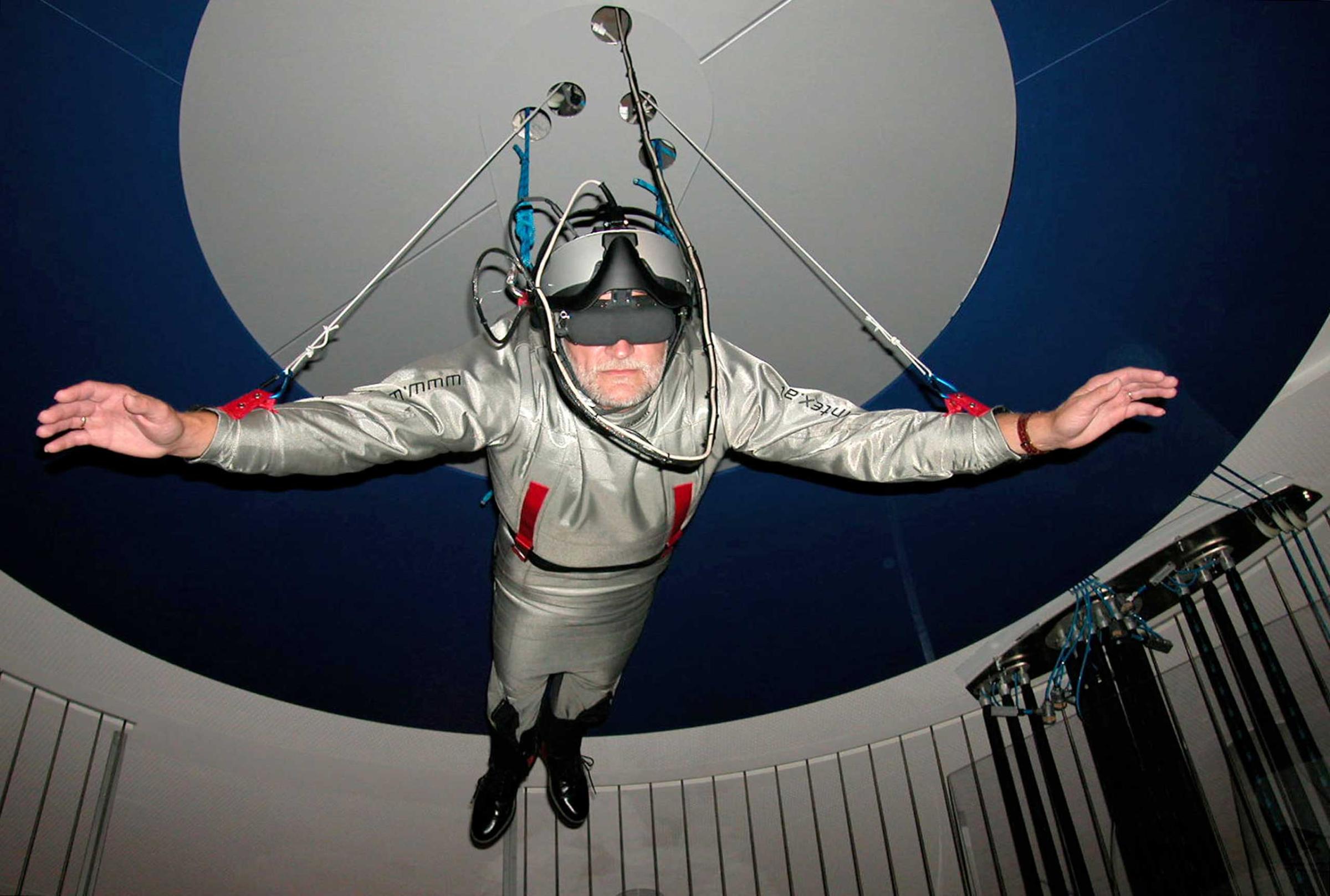
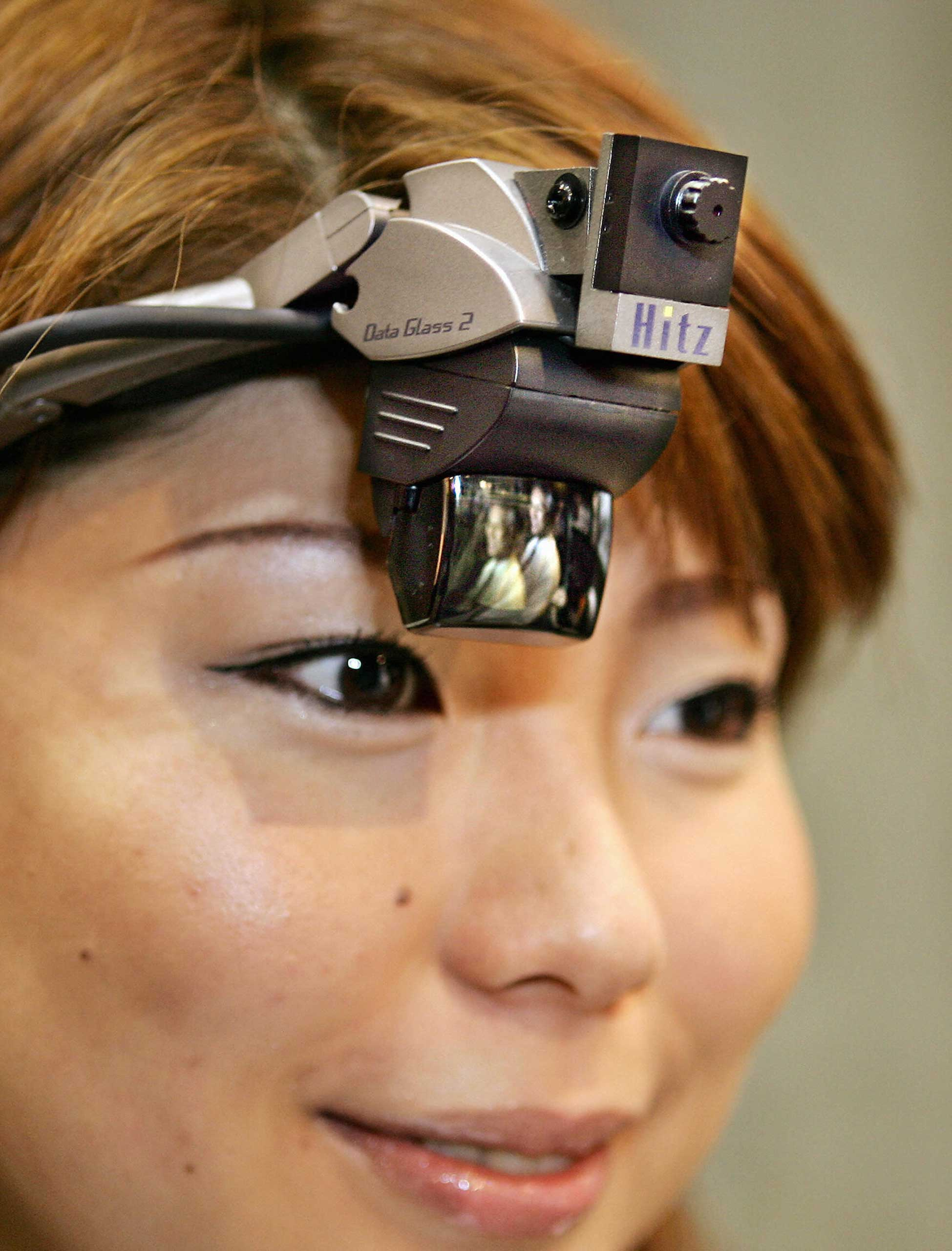
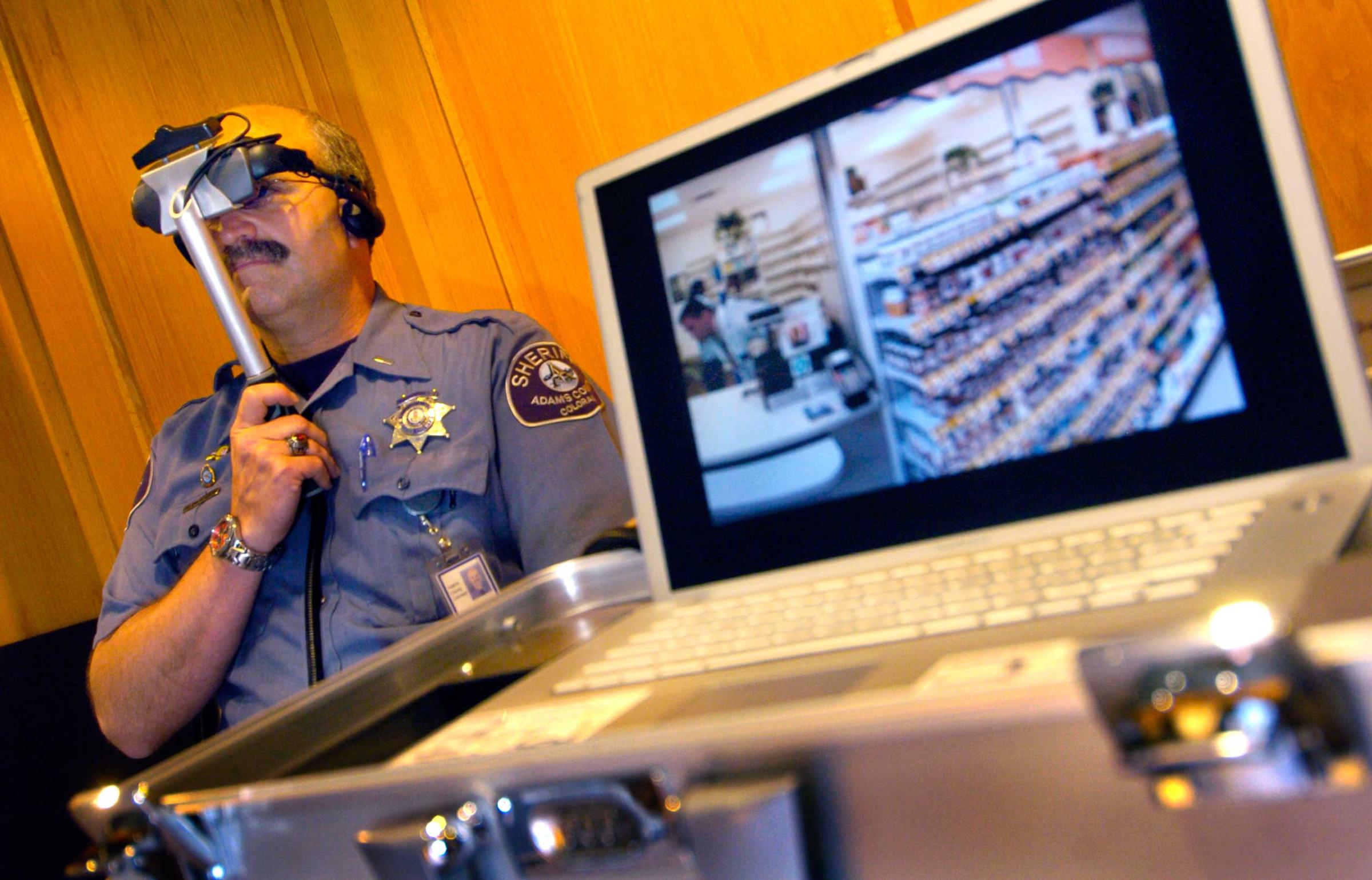
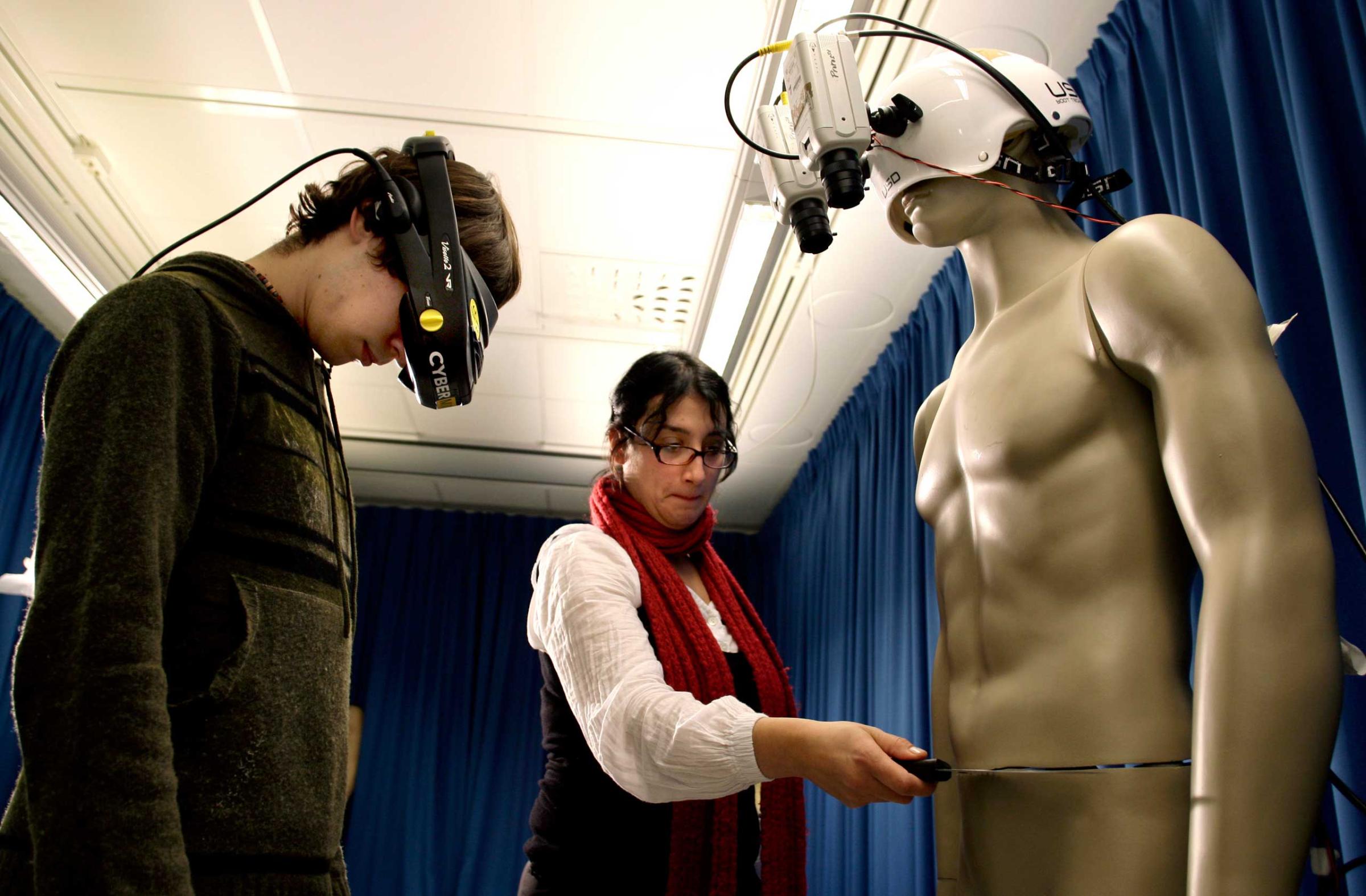
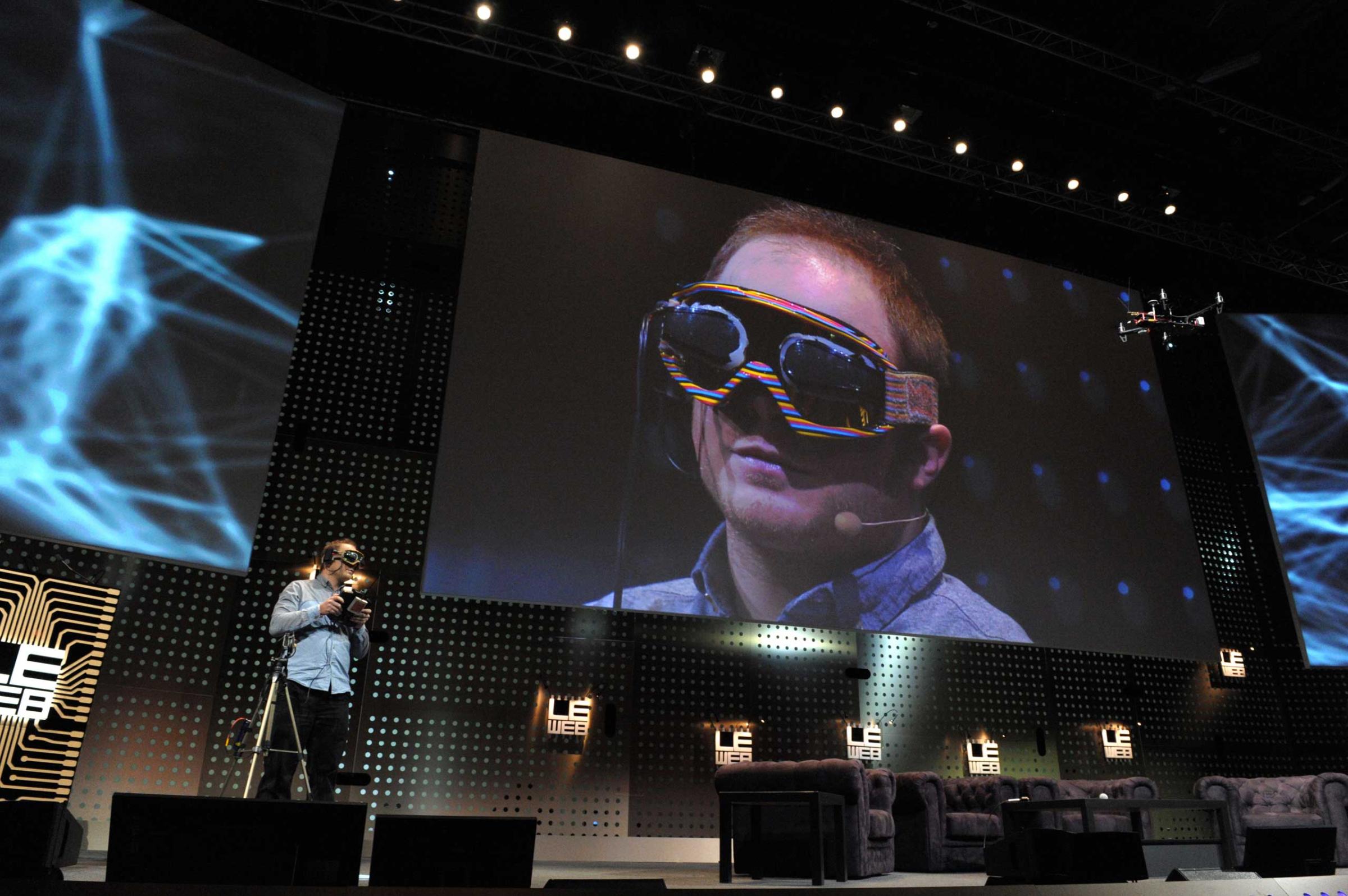
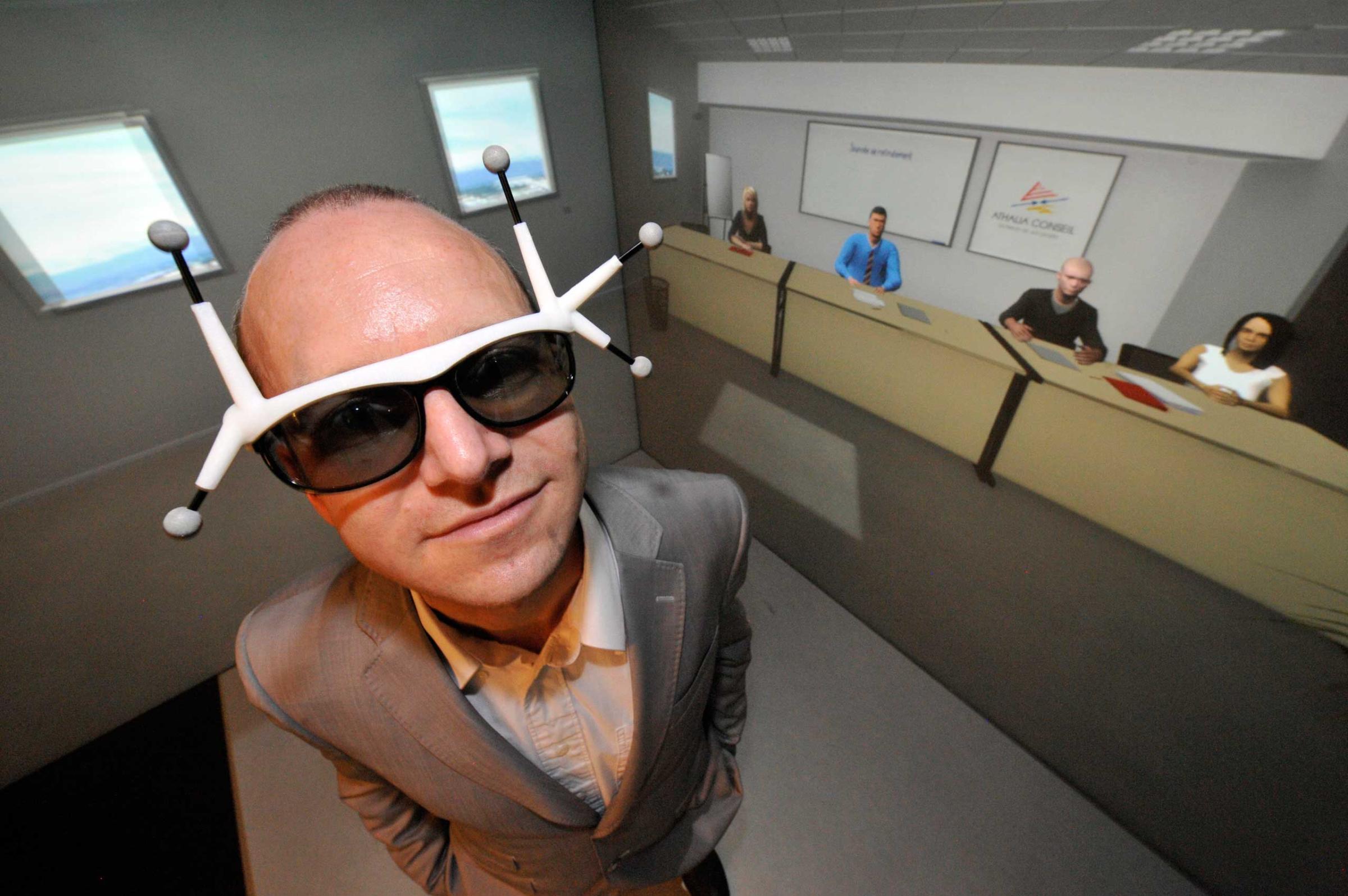
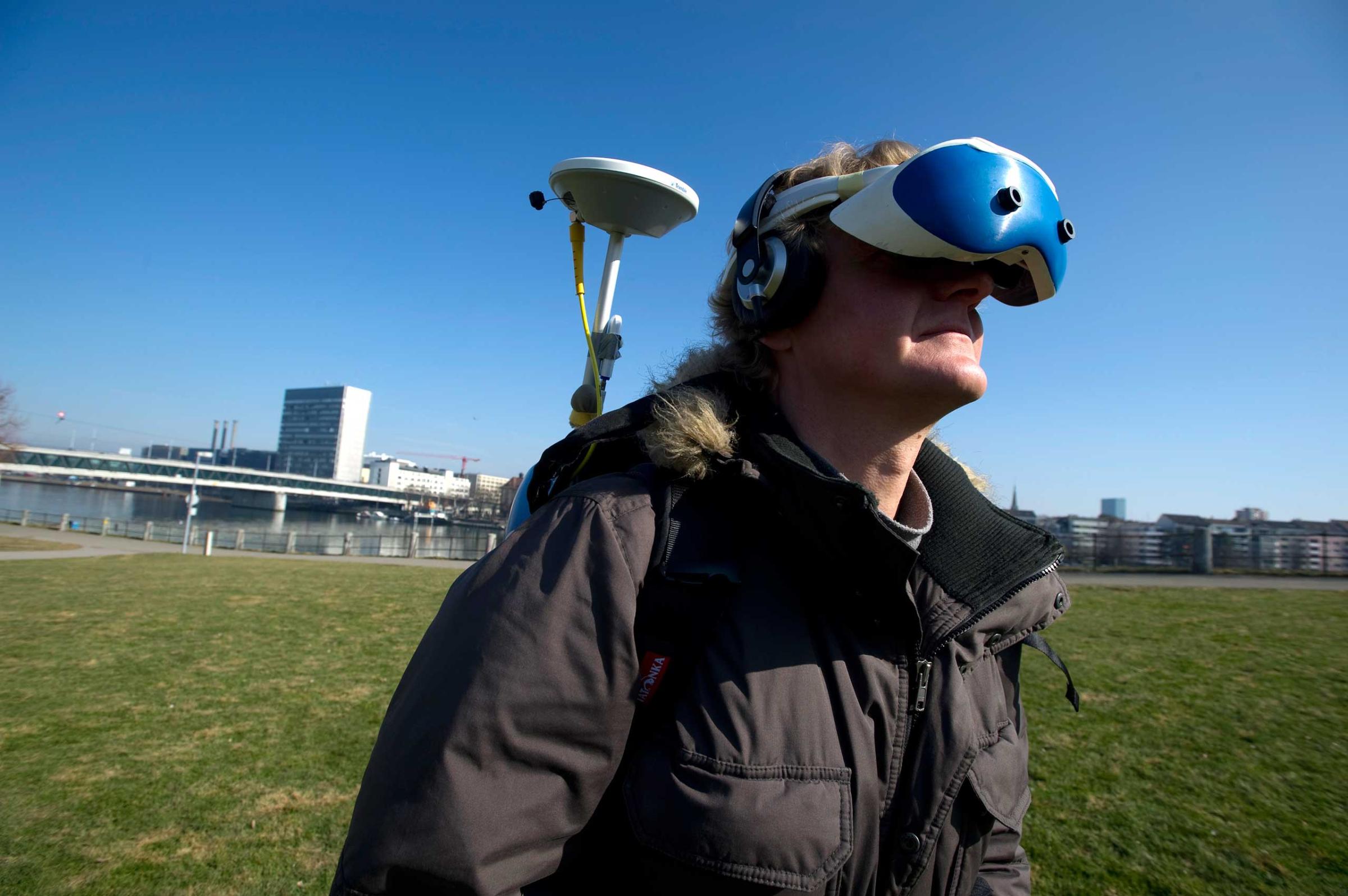

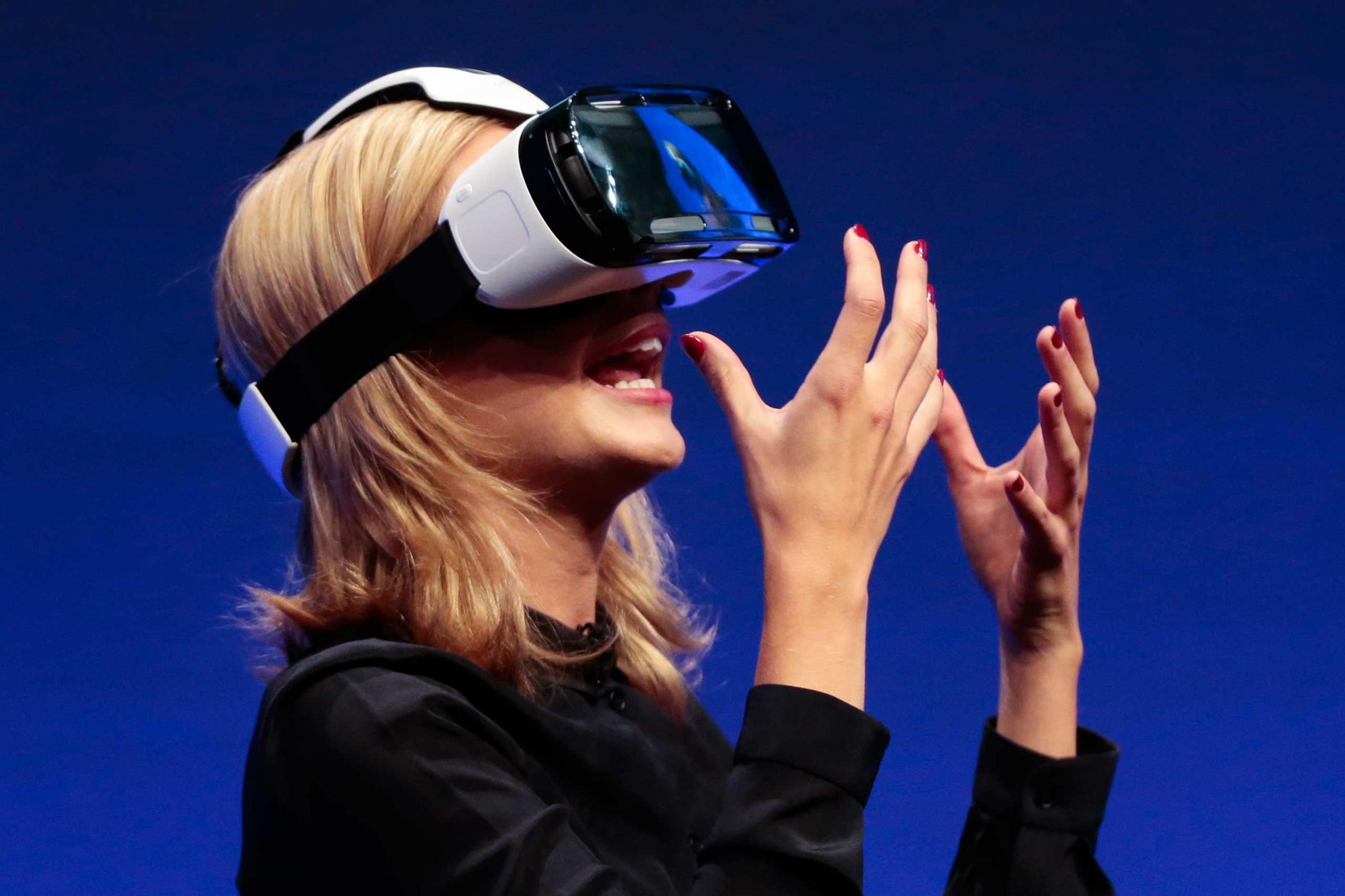
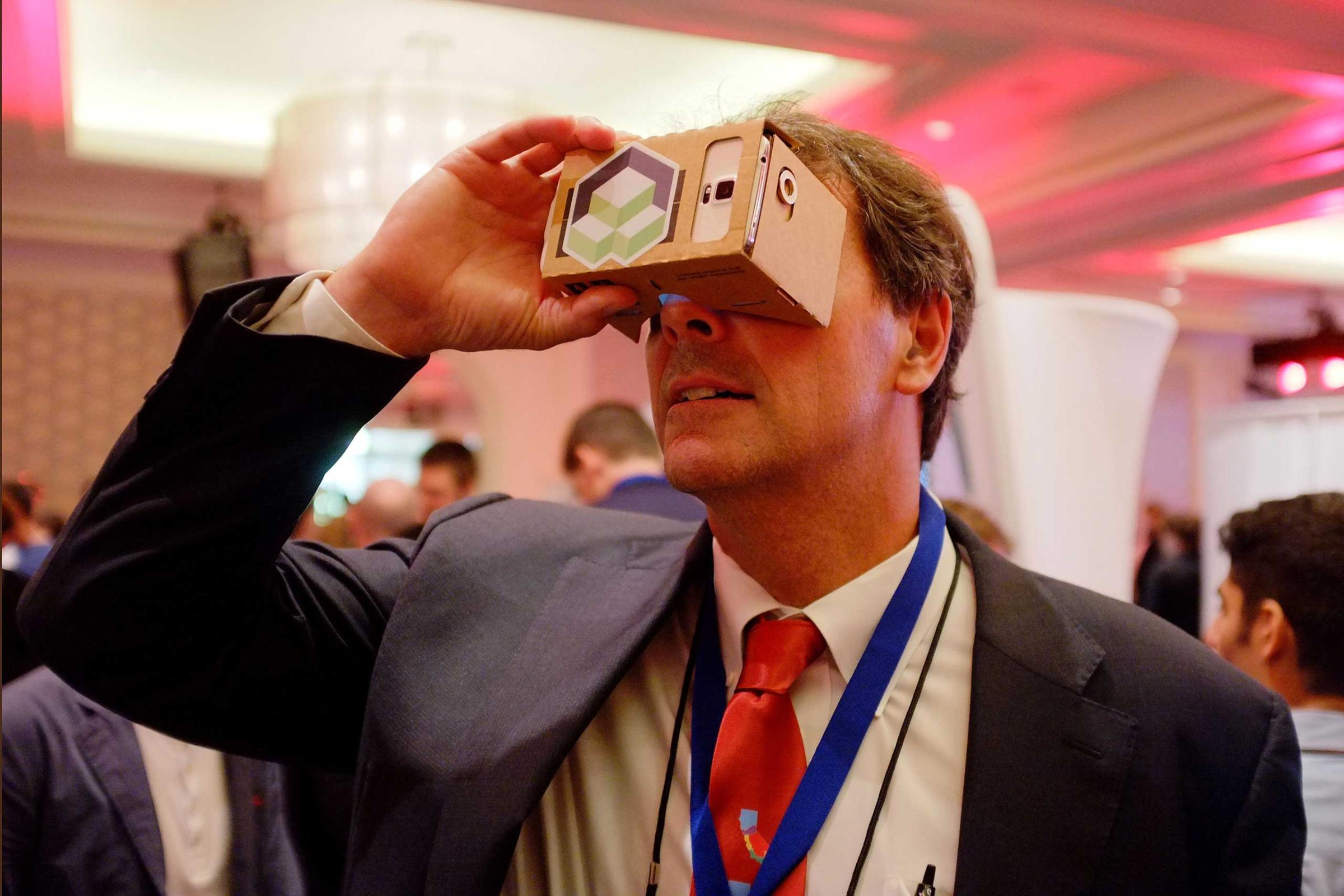
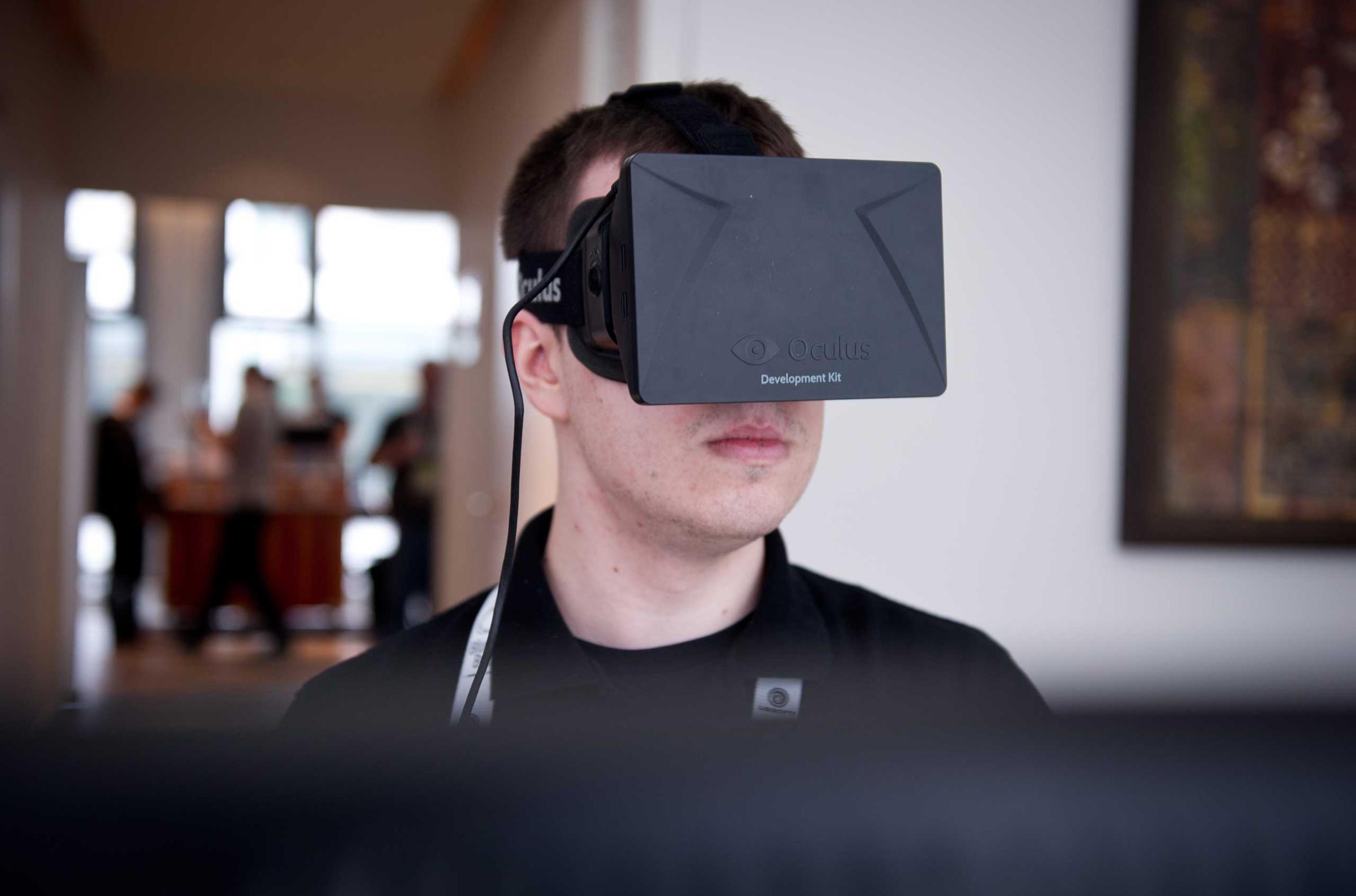
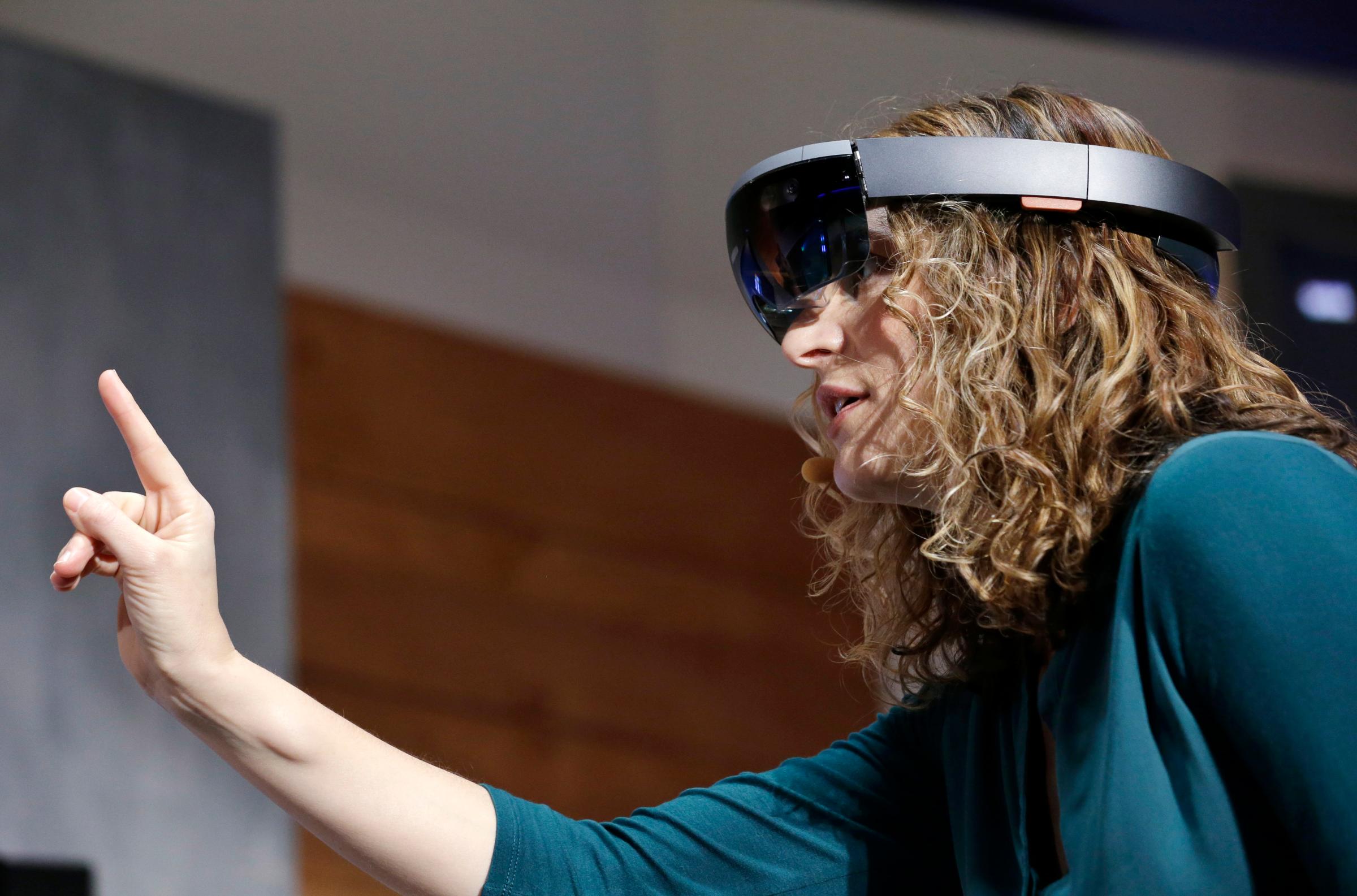
Mixed Reality: The Emerging Space
While pocket-sized applications of AR are easy to carry around, they’re not the most convenient to use — you almost always have to be holding your handset to see the effect. In addition, AR systems typically don’t have a lot of computing power driving them. On the other hand, VR can be the opposite: Wearing the device on your face blocks out the world around you, and they can require some high-powered (and heavy) gear to make the experience fully immersive.
Mixed Reality is the emerging technology that’s aiming to fill the gap in between. “Mixed Reality is digital content integrated into your real world, capable of interacting with you and your environment,” says Fouché. This unique experience enables a person to choose the degree of digital reality the wearer desires, he says. For instance, at one moment she can experience her entire world digitally, like how VR operates, while the next she can experience a seamless mix of the digital and real worlds, similar to AR. The difference is that MR is enabled by powerful computers loaded with sensors designed specifically to generate convincing visuals that can interact with the real world around you.
Magic Leap is playing its cards close to the vest, showing only concepts of its product’s uses without revealing details about the hardware itself. Microsoft HoloLens, on the other hand, is taking a markedly different approach, showing the world what’s up its sleeve before the company releases its mixed reality product in early 2016. Microsoft is billing the HoloLens as more of a productivity tool than anything else. For instance, the company has revealed how it has teamed up with NASA to give scientists the means to virtually walk on the surface of Mars using imagery from the Curiosity rover. On Earth — specifically at Case Western Reserve University — the school has collaborated with both the Cleveland Clinic and Microsoft to show students thousands of hearts constructed from MRI imagery, a revolutionary way to learn human anatomy, and all its intricacies. And of course you can play Minecraft on the thing, because why not?
These are just a few uses for MR, a field that’s set to boom in the very near future.
Virtual Reality: Now Showing
Virtual Reality is nothing new, but through the miniaturization of technology and the improvement in display resolution, it’s become more prevalent in recent years. Experts have argued that the immersive technology stretches back at least as far as the initial release of the View-Master, the beloved childhood toy, which is more than 75 years old. But now through headsets like the Samsung Gear VR and Google Cardboard, people have been able to use their smartphones as VR screens. Heck, even toy maker Mattel is getting in on the action, relaunching View-Master as a smartphone-powered VR headset.
However, the definition of VR is a sticky one. While many digital products bill themselves as VR, technically, they aren’t. “VR is a totally occluded experience,” says Fouché. In other words, he says, it’s “completely closed off from your natural world.” So, it should be a different reality that you can see, hear, and interact with. But most VR experiences being shown through these smartphone setups aren’t at all interactive.
Instead, they are actually just immersive video. For instance, the New York Times recently released an immersive documentary called The Displaced, which let viewers explore the environments of three children living in war-torn worlds. True VR would have let the user interact with the environment or the films’ subjects. Likewise, last month’s Democratic debate was broadcast in VR. The real world event took place in Las Vegas, but Samsung VR owners could watch the immersive feed — though not interact with the participants (thank goodness) — from their living rooms. “The graphics were so poor they looked more like faceless avatars than human beings,” wrote TIME’s Alex Fitzpatrick. In fairness to the programmers behind this effort, come election season, most politicians look like faceless avatars.
But just because some VR isn’t as high-powered doesn’t mean it will lose the big technology race. Facebook has also invested heavily in VR. The social network’s aim has always been to connect the world, and with its immersive videos, it’s doing just that. In 2014, the company bought Oculus, a startup creating a wearable VR headset, for $2 billion. And the Oculus Rift headset is due to launch in early 2016. Early buzz for the product is the same as its competition: It’s a head-turner.
More Must-Reads From TIME
- The 100 Most Influential People of 2024
- How Far Trump Would Go
- Scenes From Pro-Palestinian Encampments Across U.S. Universities
- Saving Seconds Is Better Than Hours
- Why Your Breakfast Should Start with a Vegetable
- 6 Compliments That Land Every Time
- Welcome to the Golden Age of Ryan Gosling
- Want Weekly Recs on What to Watch, Read, and More? Sign Up for Worth Your Time
Contact us at letters@time.com